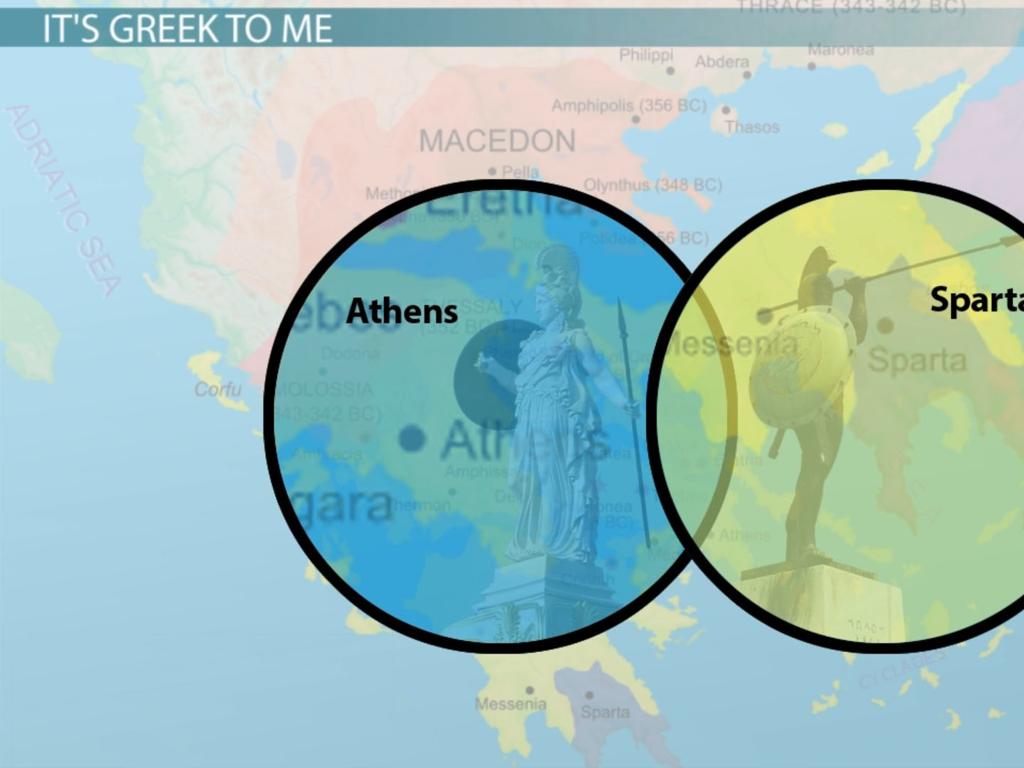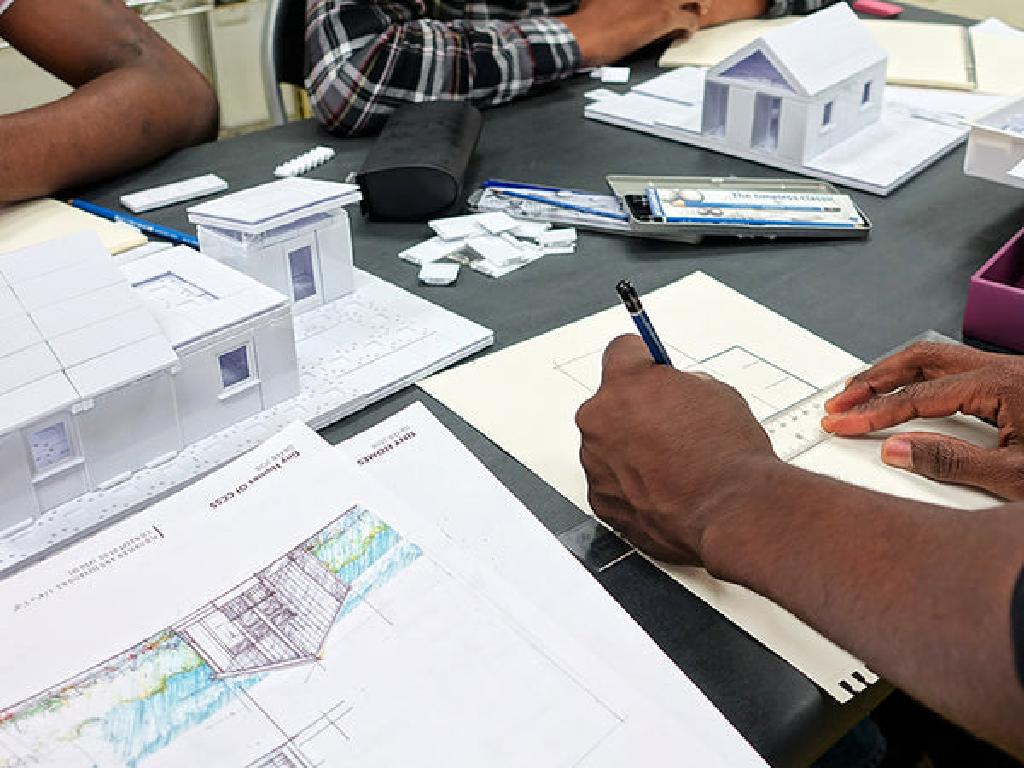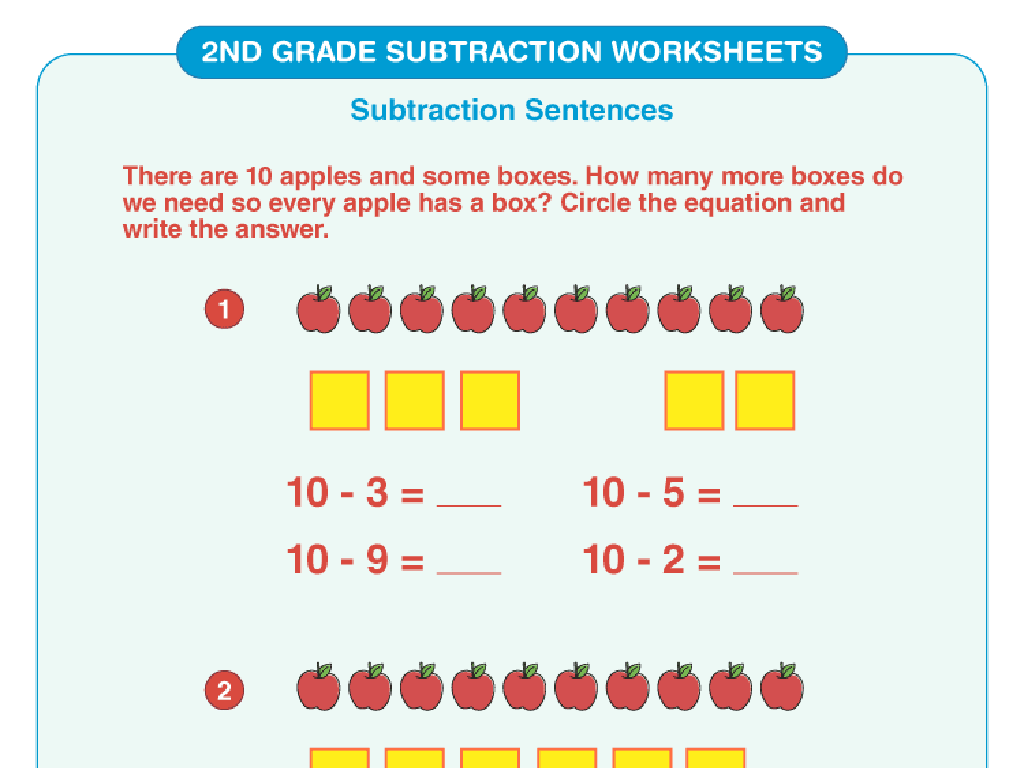Labor And Society
Subject: Arts and humanities
Grade: High school
Topic: World History Project - 1750 To The Present
Please LOG IN to download the presentation. Access is available to registered users only.
View More Content
Introduction to Labor and Society
– Role of labor in society
– Labor drives economic and social development.
– Labor movements’ historical impact
– Strikes and unions have shaped policies and rights.
– Overview of labor from 1750 to present
– Tracing the evolution of work and workers’ rights.
– Significance in today’s world
|
This slide introduces students to the concept of labor and its profound impact on society, emphasizing its role in economic and social development. Highlight how labor movements have been pivotal in influencing historical events, shaping labor policies, and securing workers’ rights. Provide a brief overview of the transformation of labor from 1750 to the present, setting the stage for a more in-depth discussion on the subject. The significance of labor in today’s world, including current issues and debates, will be touched upon to connect past and present narratives. Encourage students to think critically about how labor has shaped the society they live in and to consider the ongoing challenges and changes in the world of work.
The Industrial Revolution: A New Era of Labor
– Shift from agrarian to industrial
– Transition from farming to machine-based production.
– Evolution of labor practices
– From artisanal to factory system, altering work life.
– Rise of factories
– Factories centralized production, changing employment landscape.
– Workers’ rights and labor movements
– Labor movements emerged to fight for fair conditions.
|
This slide aims to encapsulate the transformative period of the Industrial Revolution, highlighting the major shift in economic structures from agrarian societies to industrial powerhouses. Emphasize the drastic changes in labor practices as societies moved away from hand production to machines, leading to the rise of the factory system. Discuss the impact this had on the workforce, including long hours, low wages, and unsafe working conditions, which ultimately spurred the creation of labor movements and the fight for workers’ rights. Encourage students to consider the long-term effects of these changes on modern society and the nature of work today.
Labor Movements and Unions: Organizing for Change
– Formation and goals of labor unions
– Unions formed to improve wages, hours, and safety.
– Influential figures and pivotal events
– Leaders like Samuel Gompers; events like Haymarket Affair.
– Case Study: The Pullman Strike, 1894
– A major railroad strike affecting wages, rent, and economy.
– Impact on labor rights and society
|
This slide delves into the history of labor movements and the establishment of labor unions, highlighting their objectives such as fair wages, reasonable working hours, and safer working conditions. Discuss key individuals like Samuel Gompers and significant events like the Haymarket Affair that shaped the labor movement. The Pullman Strike of 1894 serves as a case study to illustrate the power of organized labor and its ability to challenge industrialists and influence labor laws. The impact of these movements on society and labor rights is profound, setting the stage for future labor legislation and union activities. Encourage students to reflect on the evolution of labor rights since the 19th century and consider the relevance of labor unions in today’s society.
Globalization and Labor
– Impact of globalization on labor
– Globalization has reshaped job markets and employment trends worldwide.
– Multinationals’ influence on labor laws
– Large corporations often lobby for labor laws that benefit their global operations.
– Outsourcing labor: a discussion
– Consider the advantages and disadvantages of moving jobs to other countries.
– Balancing benefits and drawbacks
|
This slide aims to explore the complex relationship between globalization and labor within the context of modern history. Globalization has led to significant changes in labor markets, affecting employment patterns and worker rights. Multinational corporations have a substantial impact on labor laws, often pushing for regulations that favor their interests. The class will engage in a discussion about outsourcing, weighing its economic benefits against potential social costs. Encourage students to think critically about the ethical implications of labor practices in a globalized economy and to consider both the positive and negative aspects of outsourcing.
Modern Labor Issues: Navigating the Future
– Rise of the gig economy
– Gig jobs offer flexibility but often lack benefits and job security.
– Challenges for labor unions
– Unions face membership declines and legislative hurdles.
– Automation and AI impact
– AI could replace jobs but also create new opportunities.
– Preparing for future work
|
This slide examines the contemporary issues affecting the labor market, particularly the growth of the gig economy, which offers flexible work but often without the protections of traditional employment. Discuss the struggles labor unions face in maintaining influence and membership in a changing economic landscape. Highlight the potential effects of automation and artificial intelligence on employment, emphasizing both the risks of job displacement and the potential for new job creation. Encourage students to think critically about how workers can prepare for the evolving nature of work and the skills that will be valuable in a future with increased automation.
Labor and Society Today
– Impact of labor issues on society
– Explore how strikes, wages, and employment rates influence societal dynamics and economic health.
– Legislation’s role in workers’ rights
– Discuss laws like minimum wage, overtime pay, and safe working conditions.
– Compare labor conditions across industries
– Look at tech, manufacturing, and service sectors for differences in labor conditions.
– Group Discussion: Share findings
|
This slide aims to delve into the contemporary aspects of labor and its influence on society and the economy. Begin by discussing how labor issues such as strikes, unemployment, and wage disputes can affect the societal fabric and economic stability. Highlight the importance of legislation in safeguarding workers’ rights, touching upon historical and current laws that have shaped the labor landscape. Encourage students to engage in a group discussion to compare and contrast labor conditions in various industries, fostering critical thinking about the disparities and commonalities. This activity will help students understand the complexities of labor issues and their broader implications. Provide guidance on how to conduct research and structure their findings for the discussion.
Class Activity: Labor Stakeholder Role-Play
– Divide into stakeholder groups
– Role-play your stakeholder’s perspective
– Consider historical & current labor issues
– Present your group’s views
– Negotiate solutions with others
– Aim for realistic & fair outcomes
|
This activity is designed to help students understand the different perspectives in labor discussions. Divide the class into small groups, each representing a different stakeholder in the labor market, such as workers, employers, and government officials. Each group will discuss and role-play their stakeholder’s viewpoint on a labor issue, considering both historical contexts and current events. After preparation, groups will present their perspectives to the class and engage in negotiations with other stakeholders to find common ground and realistic solutions. Encourage students to think critically about the interests and power dynamics of each group. Possible labor issues for role-play include wage disputes, working conditions, or labor laws. This activity fosters empathy, debate skills, and a deeper understanding of labor relations.






